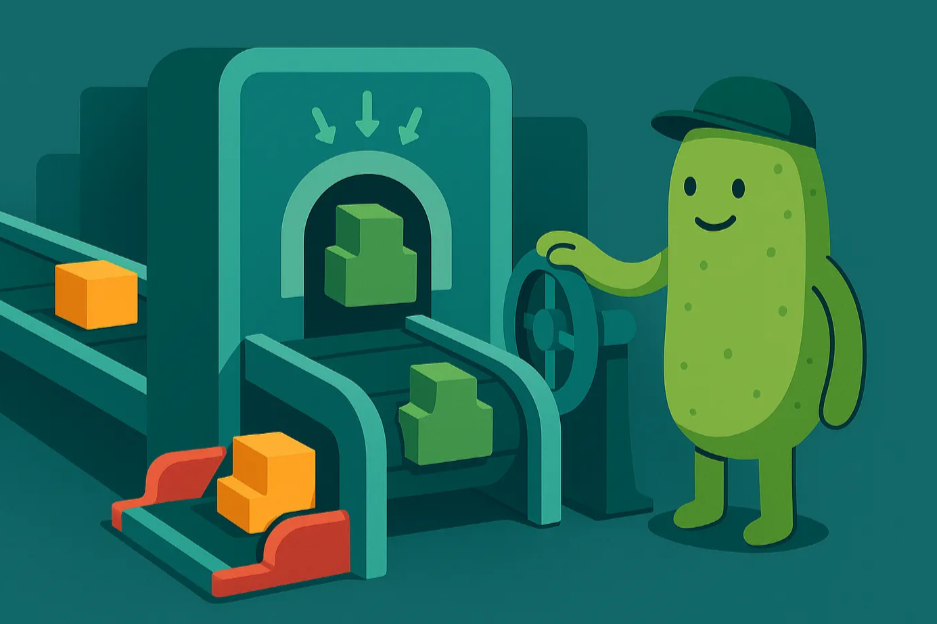The advice didn’t change for decades: use complex passwords with uppercase, lowercase, numbers, and symbols. The idea is to make passwords harder for hackers to crack via brute force methods. But more recent guidance shows our focus should be on password length, rather than complexity. Length is the more important security factor, and passphrases are the simplest way to get your users to create (and remember!) longer passwords.
The math that matters
When attackers steal password hashes from a breach, they brute-force by hashing millions of guesses per second until something matches. The time this takes depends on one thing: how many possible combinations exist.
A traditional 8-character “complex” password (P@ssw0rd!) offers roughly 218 trillion combinations. Sounds impressive until you realize modern GPU setups can test those combinations in months, not years. Increase that to 16 characters using only lowercase letters, and you’re looking at 26^16 combinations, billions of times harder to crack.
This is effective entropy: the actual randomness an attacker must work through. Three or four random common words strung together (“carpet-static-pretzel-invoke”) deliver far more entropy than cramming symbols into short strings. And users can actually remember them.
Why passphrases win on every front
The case for passphrases isn’t theoretical, it’s operational:
Fewer resets. When passwords are memorable, users stop writing them on Post-it notes or recycling similar variations across accounts. Your helpdesk tickets drop, which alone should justify the change.
Better attack resistance. Attackers optimize for patterns. They test dictionary words with common substitutions (@ for a, 0 for o) because that’s what people do. A four-word passphrase sidesteps these patterns entirely – but only when the words are truly random and unrelated.
Aligned with current guidance. NIST has been clear: prioritize length over forced complexity. The traditional 8-character minimum should really be a thing of the past.
One rule worth following
Stop managing 47 password requirements. Give users one clear instruction:
Choose 3-4 unrelated common words + a separator. Avoid song lyrics, proper names, or famous phrases. Never reuse across accounts.
Examples: mango-glacier-laptop-furnace or cricket.highway.mustard.piano
That’s it. No mandatory capitals, no required symbols, no complexity theater. Just length and randomness.
Rolling it out without chaos
Changes to authentication can spark resistance. Here’s how to minimize friction:
Start with a pilot group, grab 50-100 users from different departments. Give them the new guidance and monitor (but don’t enforce) for two weeks. Watch for patterns: Are people defaulting to phrases from pop culture? Are they hitting minimum length requirements consistently?
Then move to warn-only mode across the organization. Users see alerts when their new passphrase is weak or has been compromised, but they’re not blocked. This builds awareness without creating support bottlenecks.
Enforce only after you’ve measured:
- Passphrase adoption percentage
- Helpdesk reset reduction
- Banned-password hits from your blocklist
- User-reported friction points
Track these as KPIs. They’ll tell you whether this is working better than the old policy.
Making it stick with the right policy tools
Your Active Directory password policy needs three updates to support passphrases properly:
- Raise the minimum length. Move from 8 to 14+ characters. This accommodates passphrases without creating problems for users who still prefer traditional passwords.
- Drop forced complexity checks. Stop requiring uppercase, numbers, and symbols. Length delivers better security with less user friction.
- Block compromised credentials. This is non-negotiable. Even the strongest passphrase doesn’t help if it’s already been leaked in a breach. Your policy should check submissions against known-compromised lists in real time.
Password auditing gives you visibility into adoption rates. You can identify accounts still using short passwords or common patterns, then target those users with additional guidance.
Tools like Specops Password Policy handle all three functions: extending policy minimums, blocking over 4 billion compromised passwords, and integrating with SSPR workflows. The policy updates sync to Active Directory and Azure AD without additional infrastructure, and the blocklist updates daily as new breaches emerge.
What this looks like in practice
Imagine your policy requires 15 characters but drops all complexity rules. A user creates umbrella-coaster-fountain-sketch during their next password change. A tool like Specops Password Policy checks it against the compromised password database – it’s clean. The user remembers it without a password manager because it’s four concrete images linked together. They don’t reuse it because they know it’s specific to this account.
Six months later, no reset request. No Post-it note and no call to the helpdesk because they fat-fingered a symbol. Nothing revolutionary – just simple and effective.
The security you actually need
Passphrases aren’t a silver bullet. MFA still matters. Compromised credential monitoring still matters. But if you’re spending resources on password policy changes, this is where to spend it: longer minimums, simpler rules, and real protection against breached credentials.
Attackers still steal hashes and brute-force them offline. What’s changed is our understanding of what actually slows them down, so your next password policy should reflect that. Interested in giving it a try? Book a live demo of Specops Password Policy.











